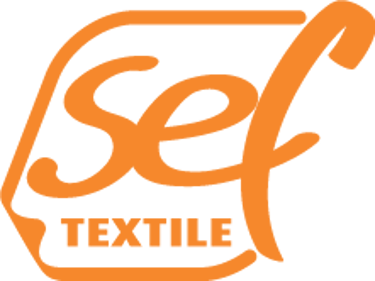Plotter Cutting : Flock
Textile printing is a field that offers a variety of techniques for personalising clothing, accessories and other materials.
Flock and flex are two popular methods, but they differ in several respects. Here's why flock may be a better option in some cases.
1. A unique visual and tactile effect
Flock is distinguished above all by its velvety appearance and soft texture. Unlike flex, which gives a smooth, flat finish, flock creates a 3D effect, adding relief to designs. This extra dimension gives a feeling of luxury and a superior visual quality, ideal for creations requiring a touch of originality and sophistication.
2. Greater durability
Flock is known for its high resistance to wear and tear. Thanks to its polyester or nylon fibres, it can withstand repeated washing without losing its texture or shine. Flex, although durable, can sometimes crack or deteriorate over time, particularly on surfaces that are subjected to repeated washing..
3. A wide choice of intense colours
Flock also stands out for its more vibrant, deeper colours. The process produces more intense colours that do not fade over time. Flex also offers a good choice of colours, but is often less vibrant than flock, especially for eye-catching designs.
4. More prestigious appearance for certain applications
For professional clothing, uniforms or top-of-the-range promotional items, flock is often favoured for its more refined appearance. It is commonly used for logos, badges or lettering, especially when the aim is to give a prestigious or upmarket image.
5. The ability to combine
Flock and flex films can also be combined to create interesting, multi-dimensional designs. For example, a logo or design can consist of flex film, while accents or contours are created using flock film. This gives every design a special, eye-catching touch.
Social networks
Follow us on our social networks
CONTACT US
+33 2 43 53 36 48
